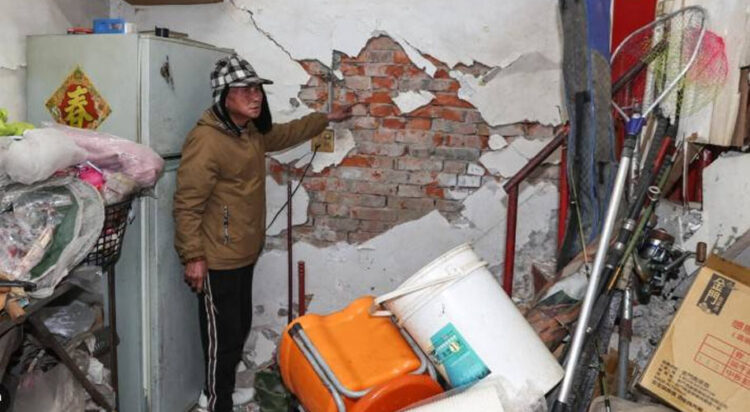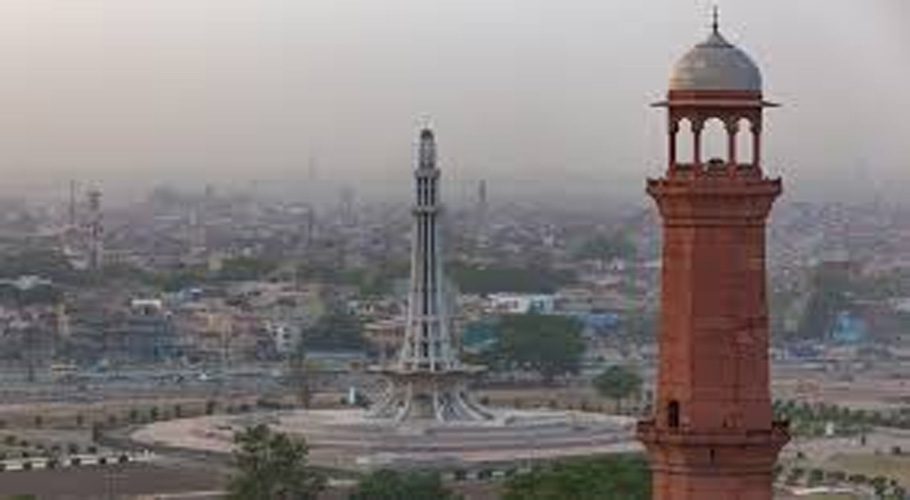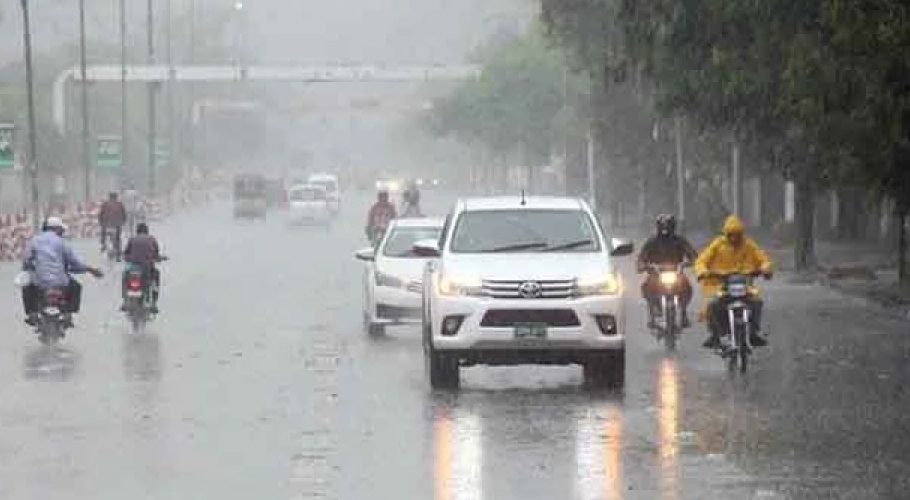A 6.0-magnitude earthquake struck Taiwan early on Tuesday, injuring 27 people, triggering landslides, and causing significant damage to buildings. The earthquake hit shortly after midnight, with tremors lasting nearly a minute in the capital city of Taipei.
The quake was shallow, and its epicenter was located about 12 kilometers (7.5 miles) north of Yujing, a region known for its mango orchards in southern Taiwan.
The US Geological Survey (USGS) confirmed the magnitude of the earthquake, while local authorities reported widespread damage. Among the most severe incidents, firefighters rescued three people, including a child, from a collapsed house in the nearby Nanxi district. Video footage shared on Facebook and verified by AFP showed the rescue operation in progress.
Elsewhere, authorities reported one person injured by falling debris, while two others were rescued from trapped elevators. Taiwan’s Central Weather Administration recorded more than 50 aftershocks following the initial quake, with some measuring up to 6.4 in magnitude.
Several homes suffered ceiling collapses, and roads were blocked by rocks and landslides, according to Taiwan’s National Fire Agency. However, the agency noted that there was “no major damage” overall. The health ministry confirmed that 27 people were injured, though none appeared to be in critical condition.
The earthquake’s aftermath led to disruptions in daily life. Authorities canceled classes and office work in the affected areas of Nanxi district and Dapu Township in the mountainous Chiayi County to allow for safety inspections and recovery efforts. Some roads in Dapu were rendered “impassable,” and both water and electricity supplies were temporarily disrupted. Chiayi County Chief Weng Chang-liang reported that emergency teams were working to restore services.
In the industrial sector, Taiwan Semiconductor Manufacturing Company (TSMC), the world’s largest chipmaker, evacuated workers from some of its central and southern factories as a precaution. The company reported no major damage to its facilities.
Taiwan lies on the boundary between two tectonic plates, making it highly susceptible to earthquakes. It is located within the Pacific Ring of Fire, the world’s most seismically active region, which is known for frequent and powerful earthquakes.
The earthquake on Tuesday followed a deadly 7.4-magnitude tremor in April 2024, the island’s strongest in 25 years. That quake caused significant damage, killed at least 17 people, and triggered landslides in the Hualien area. In comparison, Taiwan’s deadliest earthquake occurred in 1999, when a 7.6-magnitude tremor claimed the lives of more than 2,400 people, making it the island’s worst natural disaster to date.
In the wake of such disasters, Taiwan has significantly improved its preparedness for seismic events. Since the 1999 quake, the government has overhauled building codes, incorporating quake-resistant features like flexible steel reinforcement that helps buildings sway safely during tremors.
The island is also known for its advanced early warning system, which has been bolstered in recent years with new technologies, including smartphone alerts and high-speed data connectivity. This system can now warn residents of potentially severe ground shaking in mere seconds, even in some of the island’s more remote areas.
Despite the severity of the earthquake, the swift response and advanced infrastructure helped mitigate further damage, showcasing Taiwan’s resilience in the face of natural disasters.

















![] U.S. President Donald Trump and Saudi Crown Prince Mohammed Bin Salman meet in Riyadh, Saudi Arabia, May 13, 2025. REUTERS/Brian Snyder](https://mmnews.tv/wp-content/uploads/2025/05/Trump-and-MBS-350x250.jpg)



















